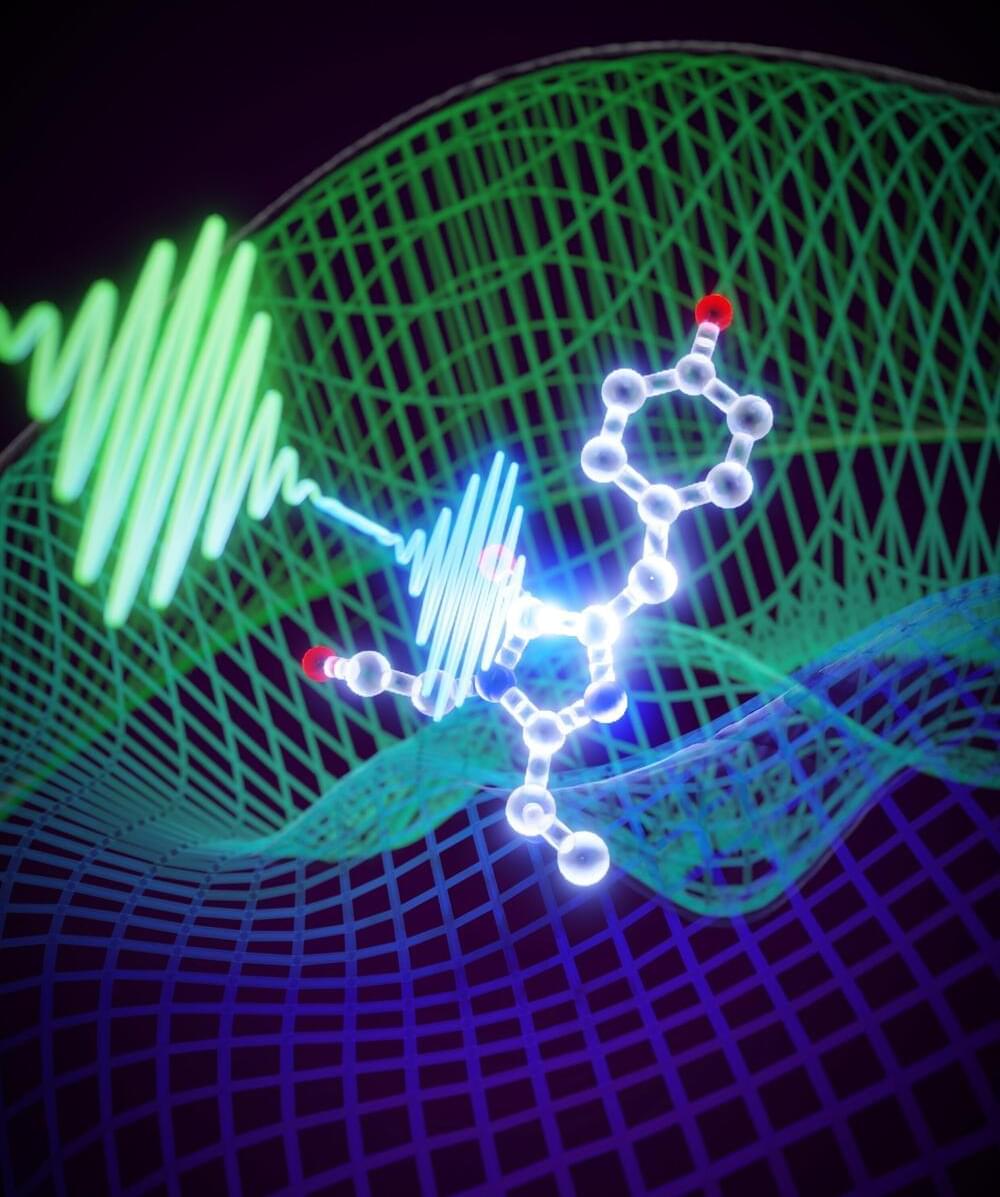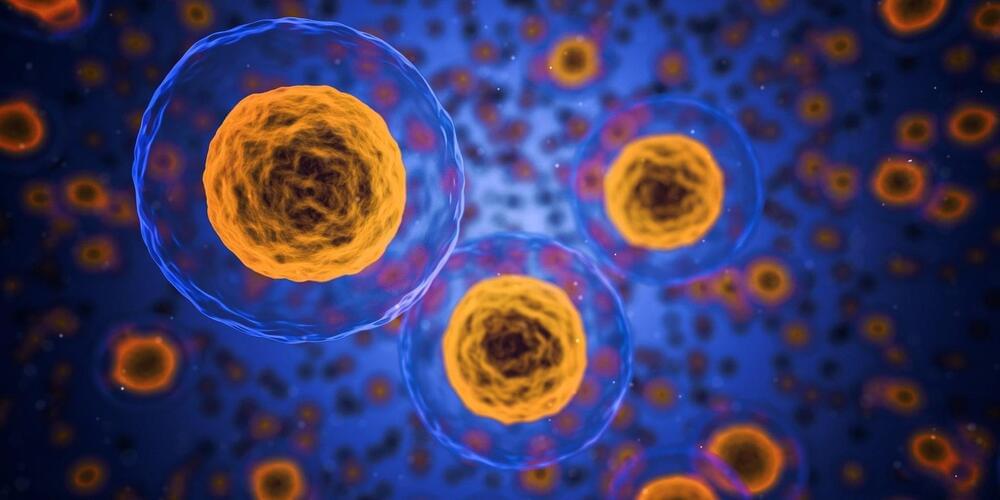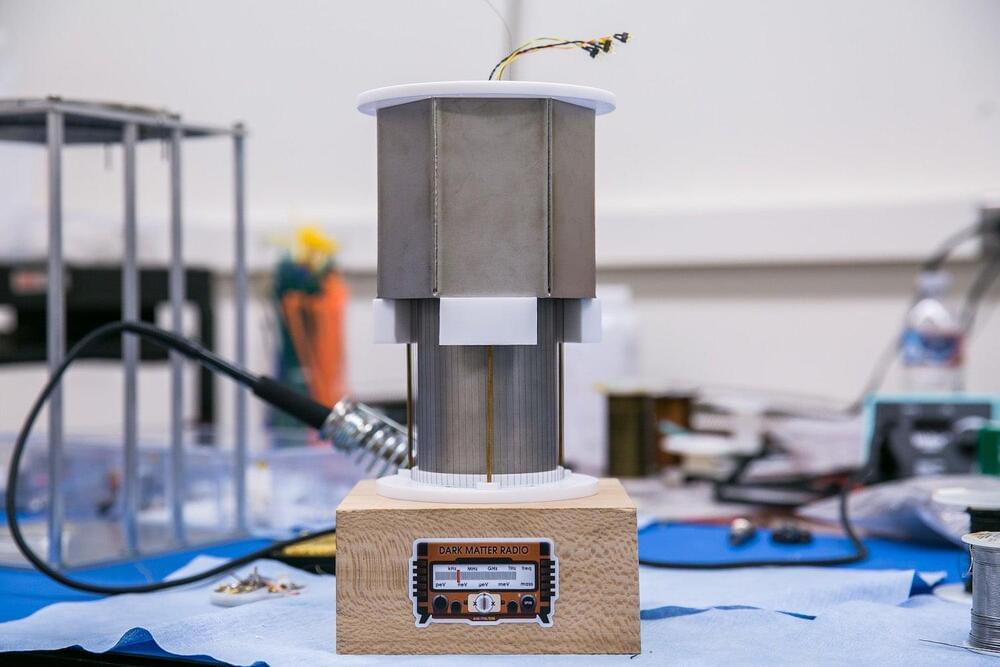To improve access to large data sets, scientists are looking to cloud-based solutions for data management.
In the coming decade, big projects like the Large Hadron Collider (LHC) and the Square Kilometre Array (SKA) are each expected to produce an exabyte of data yearly, which is about 20 times the digital content of all the written works throughout human history. This information overload requires new thinking about data management, which is why scientists have begun to look to the “cloud.” In such a scenario, data would be stored and analyzed remotely, with the advantage that information would become more accessible to a wider scientific community. Efforts are underway to create “science clouds,” but disagreements remain over their structure and implementation. To discuss these details, around 60 scientists came together for The Science Cloud meeting in Bad Honnef, Germany. The attendees shared lessons from past and ongoing projects in the hope of building the groundwork for a future scientific computing infrastructure.








